
Οne of the most essential characteristics of a sustainable city should be the capacity to deal with multiple forms of uncertainty about the future.
According to the World Economic Forum, 56.2% of the world’s population now lives in urban centers, a rate that is expected to reach 70% by 2050. As in other historical periods, rapid urbanization is the cause a number of problems and challenges now more than ever, that it is happening at such an unprecedented rate; which bring us back to the ongoing discussion on sustainable urban planning and development in order to combat problems such as urban sprawl, the urban heat island effect and the deterioration of air quality.
The need to remedy and enhance the urban fabric and the built environment by reducing its harmful effects and creating good, functional, healthy living conditions, is not new; it is even mentioned in Bible texts (Deuteronomy XXIII, 12-13), where along with several requirements of hygiene, issue related to aesthetic upgrade are raised as well. This need is also pointed out by Professor G.P. Lavvas in his book “Topics of Cultural Management“, a need that is becoming only more pressing, as the consequences of climate change and the harmful anthropogenic impact on the environment escalate and need to be addressed urgently.
Creative solutions to these problems are being proposed by architects and engineers around the world, are initially tested on a small scale and are expected to be gradually adopted to a larger extent. One such effort, and an excellent example of a sustainable city, is Copenhagen; which aims to be carbon-neutral by 2025 and there are already five times more bicycles than cars on its roads.
Road networks and transport are indeed a particularly important part of urban planning and infrastructure. It is generally accepted that the cities in which one wishes to live or at least visit are primarily cities in which one can move comfortably on foot. Urban planning that facilitates walking, in combination with good public transport and bicycle route networks, will help to reduce cars, traffic congestion and exhaust fumes in the centers of large cities, and therefore to their overall aesthetic and functional upgrade.
When discussing sustainability, another major issue is, of course, energy: renewable energy sources utilization methods, ‘smart grids’, microgrids for local energy production, and heating and cooling systems that are becoming increasingly independent of fossil fuels, are in the forefront of research and are constantly evolving. Copenhagen is a good example in this area as well, as its district heating system utilizes leftover heat from electricity production (and 99% of the households are linked to this system) while the district cooling system utilizes seawater from the harbour.
A third category of proposed solutions that can help reduce air pollution and combat the urban heat island effect involves green areas in cities and the development of green architecture. The role of green spaces in combating the ‘urban heat island’ effect is indisputable, certainly in the form of parks and trees along the roads but even more so with green roofs and vertical gardens; the best example (and suggestion for general adoption) of this practice being the ‘vertical forest’ (‘Bosco Verticale‘) completed in 2014 in Milan.
Beyond the specific practices and proposed solution, in a more general analysis on the concept of urban sustainability, Professor Rob Roggema concludes that one of the most essential characteristics of a ‘sustainable city’ should be the capacity to deal with multiple forms of uncertainty about the future: from uncontrolled urbanization or the conscious transition to a green economy to phenomena such as climate change and migration. At the same time, however, it can be argued that the very concept of sustainability and the practices that make a city sustainable evolve and change over time -as does the shape of the economy- therefore constant engagement with these issues is necessary, with the aim of coming up with the best solutions in each case; all while keeping cities adaptable to sudden change and future uncertainty.
Thus, continuous education and training of highly specialised scientists in these professional fields -which are expected to be in great demand in the near future- are absolutely necessary, which is already happening in our country through postgraduate programs such as “Spatial Planning for Sustainable and Durable Development” at the Aristotle University of Thessaloniki and “Design and Construction of Civil Engineering Structures” at the International Hellenic University, “Human Geography, Development and Spatial Planning” at the University of the Aegean, and “Earth Sciences and the Environment” and “Architecture and Urban Design” at the University of Patras.
Computer science and information technology have also become necessary aids to the fields of study mentioned above, which has led to the creation of entire new fields of knowledge, covered by postgraduate programs such as “Geography and Applied Geoinformatics” at the University of the Aegean and “Geospatial Technologies” at the University of West Attica.
Lastly, seeing as the issue of energy is of high importance for sustainable urban development and infrastructure, relevant postgraduate programs could certainly not be missing; such as “Renewable Energy Systems: Design, Development & Optimization” at the International Hellenic University, “Management and Optimization of Energy Systems“, “Petroleum Oil and Gas Management and Transportation“, “Energy and Environmental Developments” at the University of West Attica, and “Natural Gas in Energy Transition” and “Energy Technologies and Sustainable Design” at the University of Cyprus.
Sources:
The future of sustainable urbanism: a redefinition
What Makes a City Thrive
Is Copenhagen the World’s Most Sustainable City?
7 principles for building better cities | Peter Calthorpe
Sustainability in Urban areas
Small Cities, Big Challenges
3 Cool Ways to Cool Our Cities
Exhibitions:
Books on related topics:

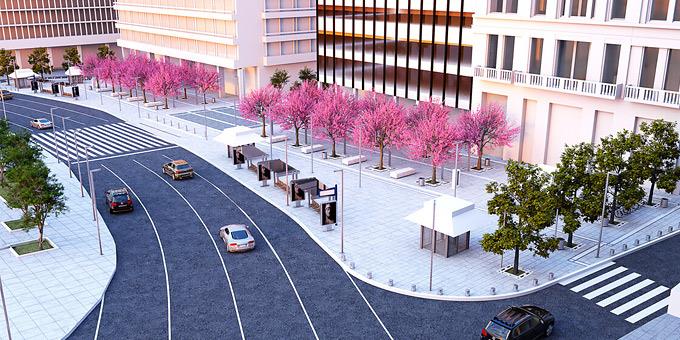
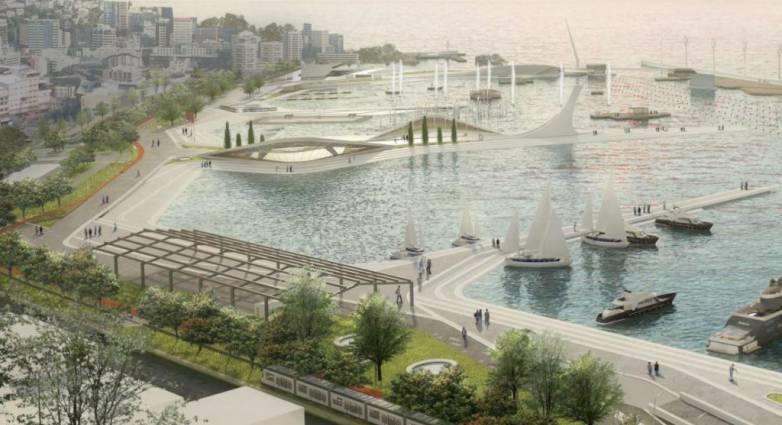
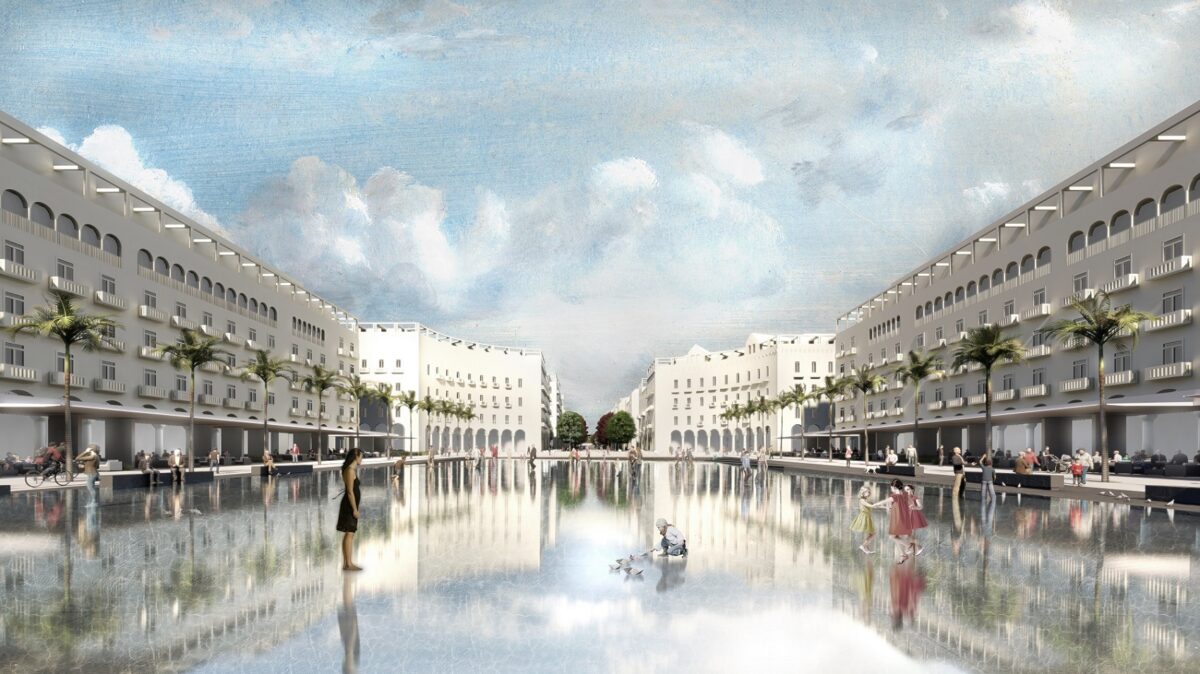
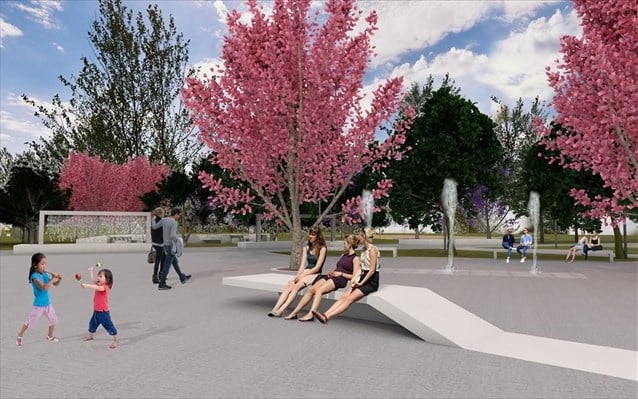
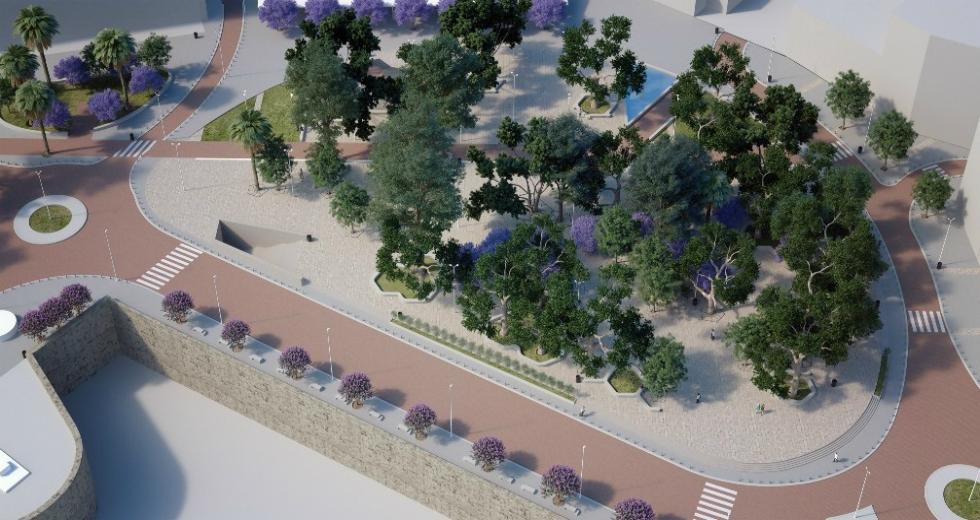
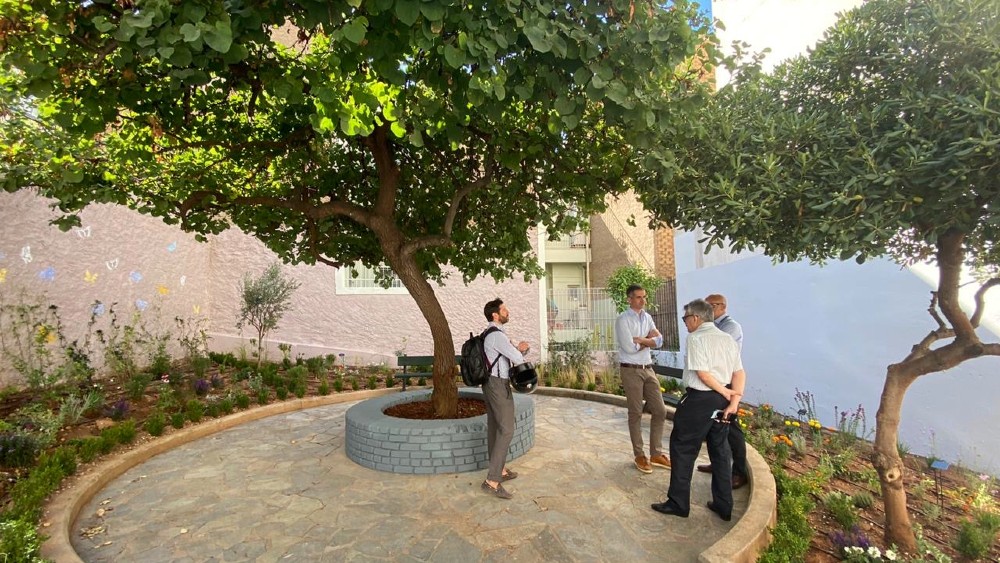
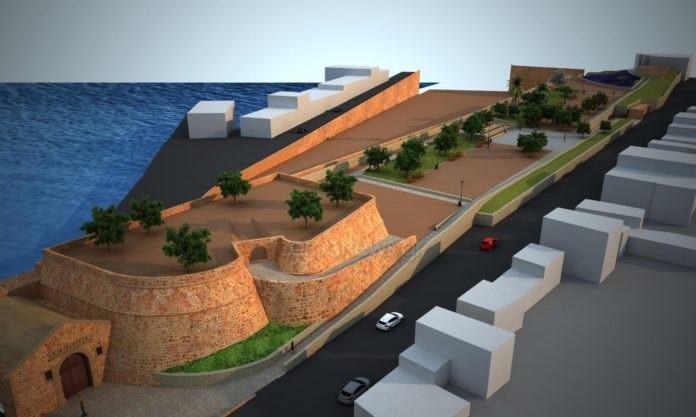

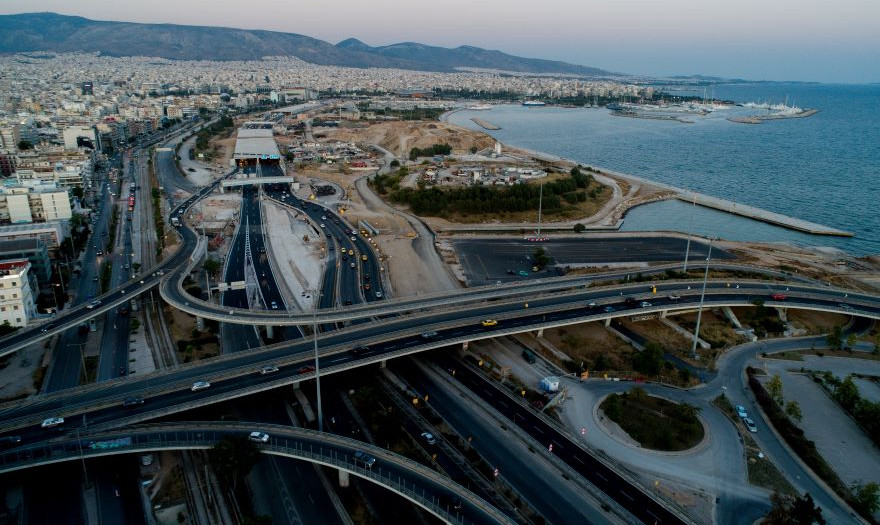
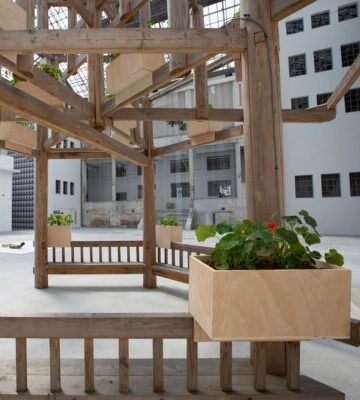

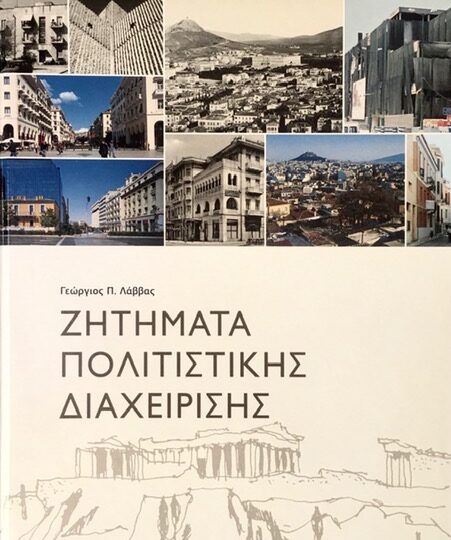
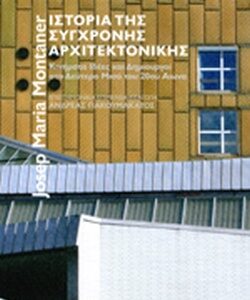

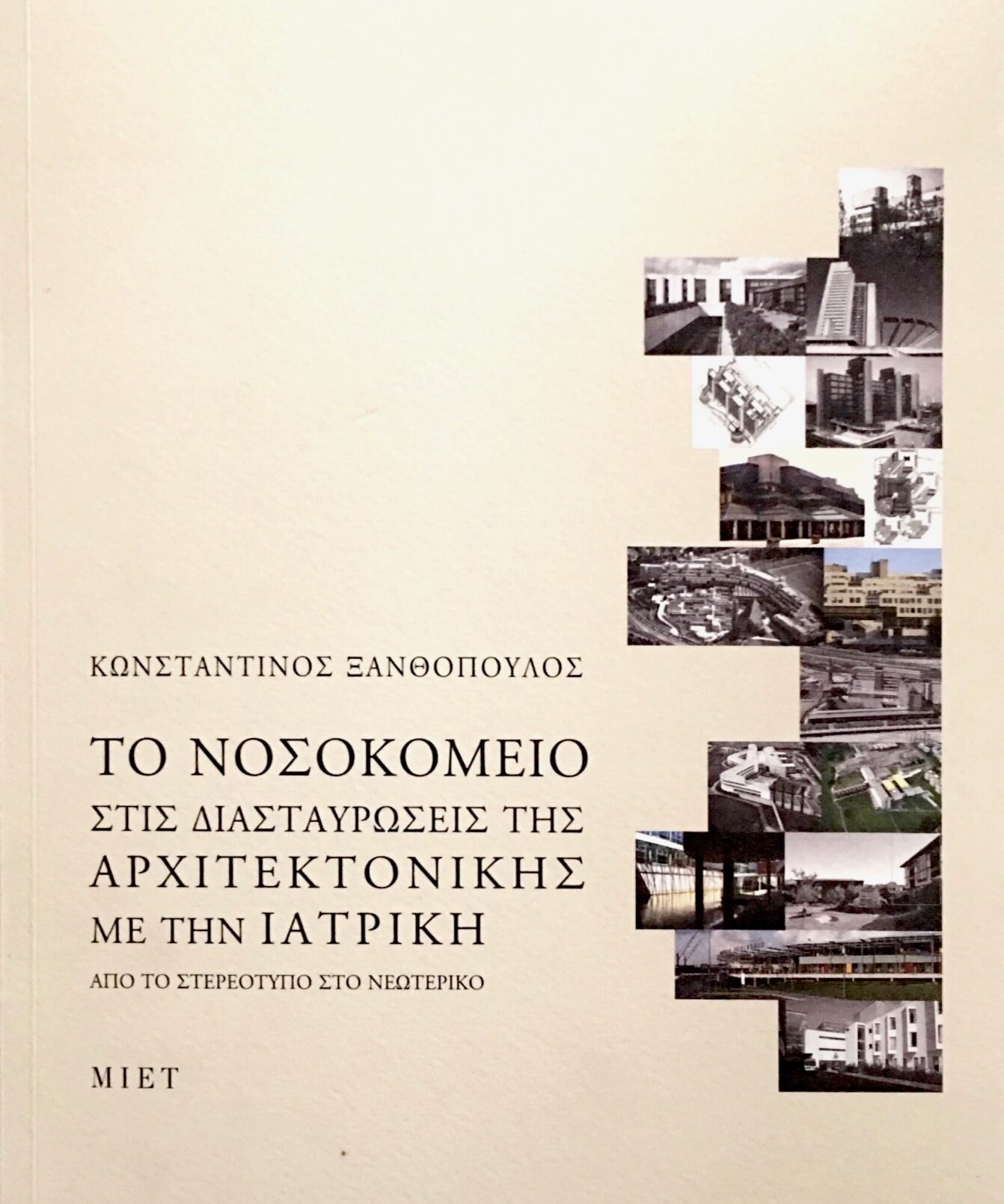
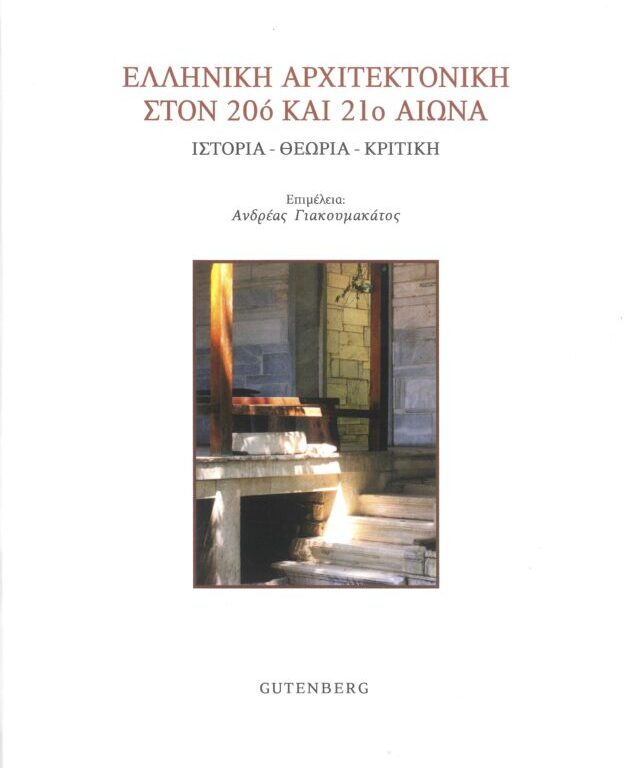
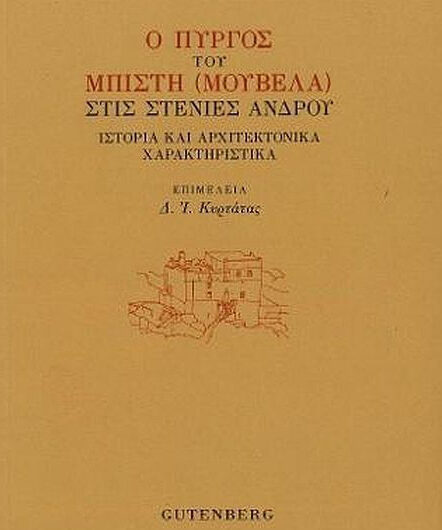
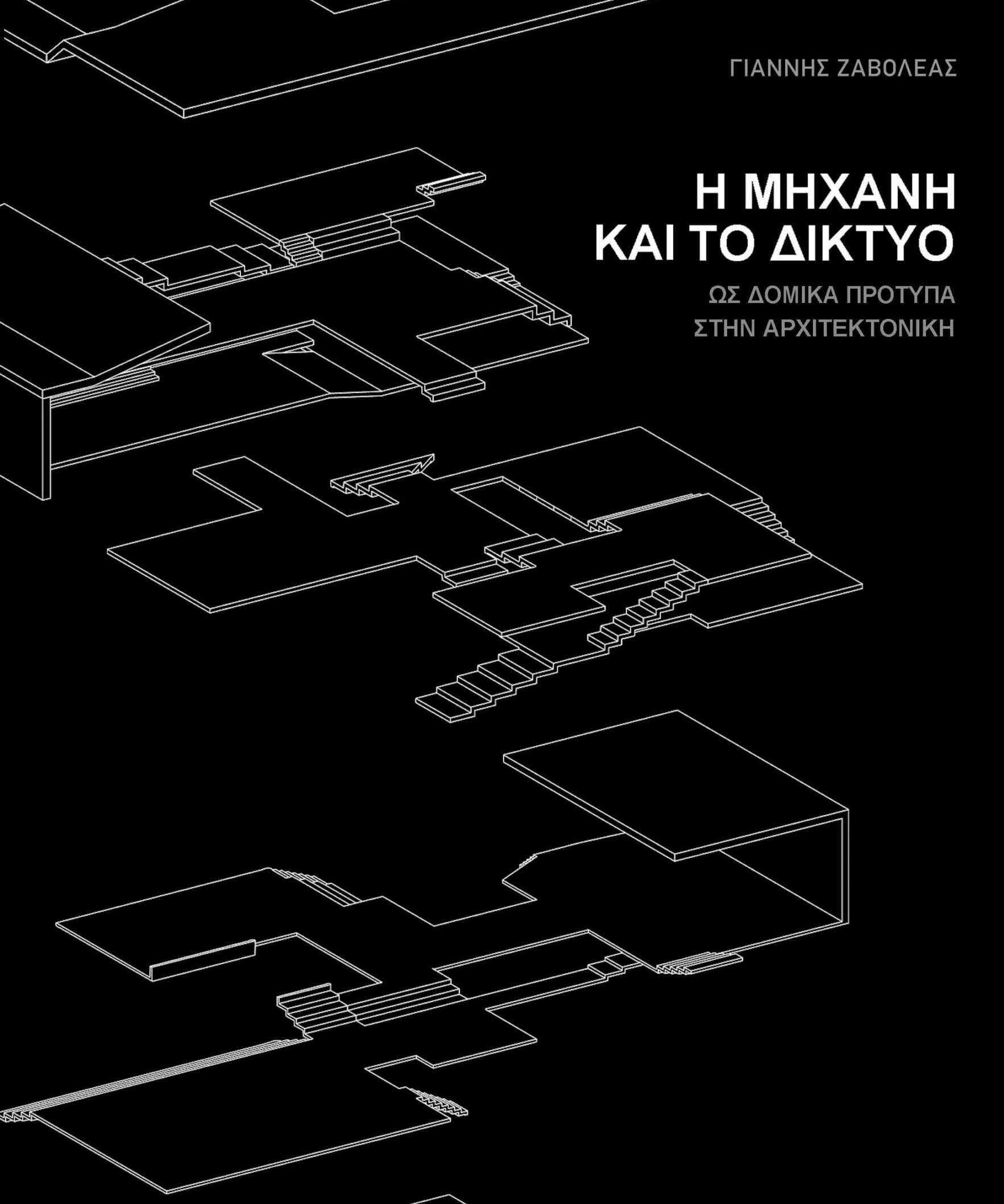
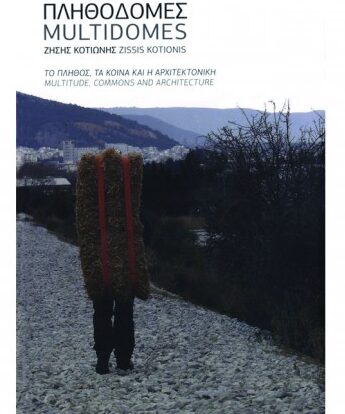
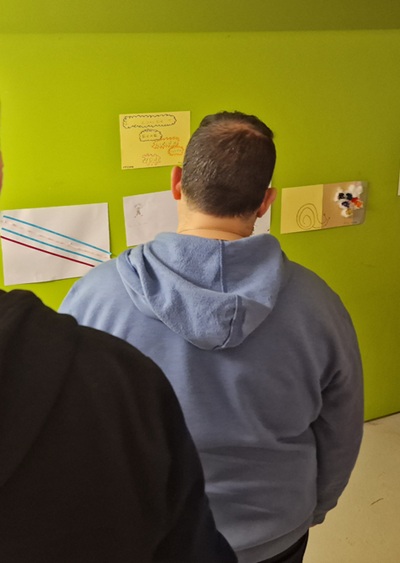
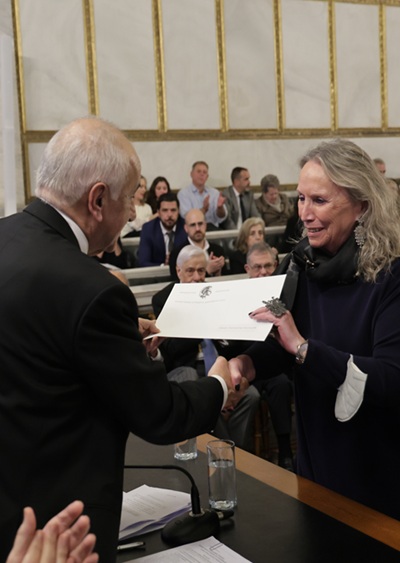




Leave A Comment